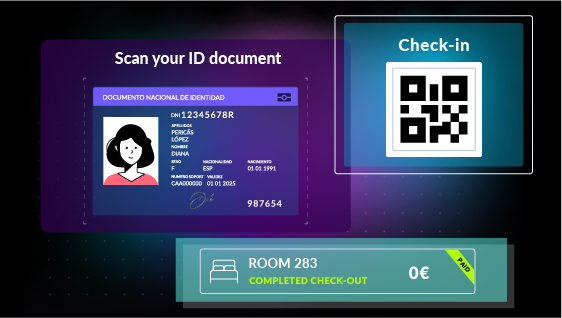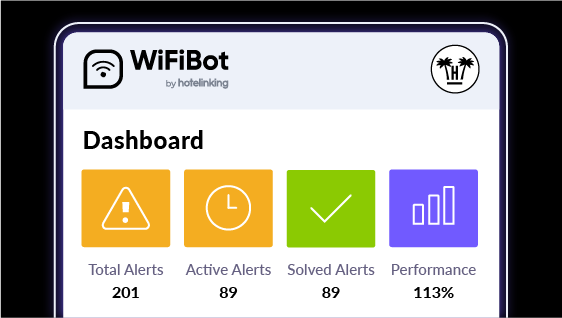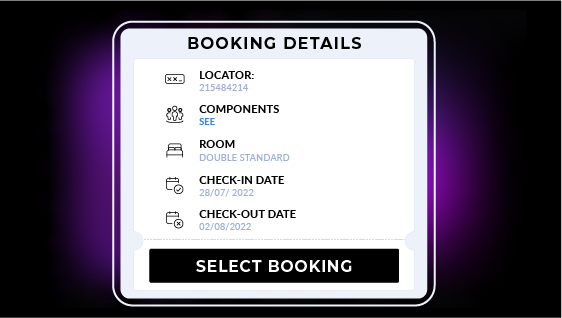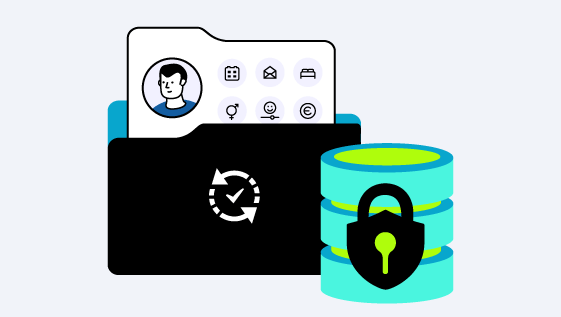
Email Marketing Guide: 5 factors to successfully translate an email marketing campaign.
When we want to send emails in different languages simultaneously, translation and localization have to be present in the planning from the beginning.
In the hotel sector, the audience is varied and comes from many countries. As we have seen, the message that just the text conveys plays an important role and therefore, when writing the content of the email and establishing segmentations, we must take into account the origin of our customers, the language they speak and the idiosyncrasies of their country of origin.
All this, seeking maximum attention from the user who will feel more comfortable reading the content in their language and more attracted if it suits their geographical scope.
The following tips will allow us to reach new customers in the different target markets to achieve good internationalisation:
1. Number of languages.
The first thing we must decide is how many languages we want to run the campaign in. First of all, we will have to determine which languages are spoken the most or which audience is the largest in the property to target the most powerful segments. If we only have 1 % Poles, there is no point in investing efforts in translating and/or customising campaigns for them since the potential benefit may be less than the cost of commissioning.
To find out which language is spoken the most, we could go to Google Analytics and see which target audience visits the web. Here we could already get an idea of which languages we should launch our email marketing campaigns in. But this data is not 100 % reliable for our goal. If we have the right tools in our hotel and have obtained good Hotel Data, we will be able to create segments by language easily since this data is found in the basic block.
By using segments to target specific subscribers, you’ll be able to run campaigns translated into the language we deem relevant and get better results by bringing content closer to the language our customer uses.
2. Who is responsible for translating the texts.
This point is usually the most problematic. Once we know in which languages we want our communications, we need to know who will take care of the translations. At Hotelinking, we have a lot of experience in this regard as we can deliver our automatic mailings in 7 languages: Spanish, English, German, French, Italian, Catalan and Chinese.
What is certain is that a bad translation will give a very poor image of the property and can even harm us. Certain audiences are more susceptible than others when dealing with poorly translated content, which can even result in the loss of a potential customer.
In the first instance, we will dismiss online translations tools such as Google Translate. Although technology is developing in leaps and bounds, it is not prepared yet to deal with translations taking into account the context: these translation tools translate word for word. They can be useful to solve doubts or for certain very short content or loose words, in no case is it advisable to leave the full translation in the hands of these systems.
Something that often happens in hotels is that there are staff members who speak the language that we may be most interested in. To some extent, it is understandable to entrust our translations to them; still, we must keep in mind that it can often be counterproductive since what we are looking for is a professional translation that, in many cases, even requires technical words that staff may not even know. Another problem may be, for example, that our native staff members speak American English, but our target audience speaks British English, so it can substantially change the way content is translated.
Moreover, if we reflect on our own language, we will realise that we often turn to marketing experts to create content in our mother tongue since they can help us be more effective with the language used. Finally, we all have bad habits when it comes to speaking, and many times this can be reflected when translating any text.
Therefore, we always advise you to go to professionals or translation agencies; all their translators must be qualified and give us maximum guarantees. Usually, the price may vary depending on the language we want to translate. Chinese, for example, is more expensive than English. It is important to compare and search for those companies that best fit our needs.
To conclude this point, a common problem that we can find when we go to professionals is not adequately explaining the context. It is essential to show the translator the big picture to find the most appropriate translation since in certain languages we can make mistakes that prevent a correct understanding of the content that we want to show.
It is common to receive complaints from certain customers saying that some text is not translated most appropriately. Our advice is always to say that the translation has been done by a professional company and check with them; usually, they will explain why they have used that translation, and we can always send this explanation to our customer or, simply, we will confirm the potential error and we can solve it for future mailings.
3. What language to use.
This may vary depending on the type of property and the guest profile we have. We will have to define whether we use a more colloquial or a more formal language. The important thing in this case is to define the strategy from the beginning and follow it in the subsequent communications for a matter of coherence and image. In this way, we must define the “master tone” that our messages should have for each language.
As for translations, we must keep in mind that languages such as German make no distinctions concerning the treatment, and it will be important to adapt the language to that context. The translation company is the one who should help us nuance the texts by language.
4. Content.
Usually, when we think of a content and want to send it translated, we think about performing a literal translation of it but this is wrong: the text must be adapted to the language customs, set phrases and other peculiarities of each country. The translation company will provide us with a way to adapt to each country and, if necessary, even vary the contents.
A good option may be to conceptualise a global idea or master message of what we want to convey and then adapt the content to each target country of the campaign. One thing will be the message we want to convey and another is how we must convey it to achieve maximum performance by country.
Although it is a no-brainer to remember, we will have to translate the body of the message and the subject, the possible header, the signature of the mail, the footer with the different legal notices or even the images or buttons when they contain some text.
Finally, in view of the design and possible text adjustments that we can make, it should be explained that the extension of a text translated from Spanish to another language can vary substantially and therefore affect the design. We’ll have to double-check to see that everything is right for every language.
5. Planning.
When working for different geographical areas, we must consider the time zone and the right time for each mailing per country since we risk losing effectiveness.
On the other hand, if we have done proper targeting, it will be logical to perform country-specific campaigns adapting to their calendar. As we have seen, each geographical area has its own festivities and important dates. If we want to capture the attention of our customers and get direct bookings, important dates are unique business opportunities.
It’s important to measure performance, we need to know which campaigns have had the best opening rate and know which language they worked best in.
Learning how to manage an international email marketing strategy will ensure greater booking increase and brand image.
>> After learning the essentials of preparing and running an email marketing campaign, now it is time to proceed with the mailing. A crucial step that raises many doubts regarding the right frequency and timing. In the following article, we address these doubts by providing data and our tips.








